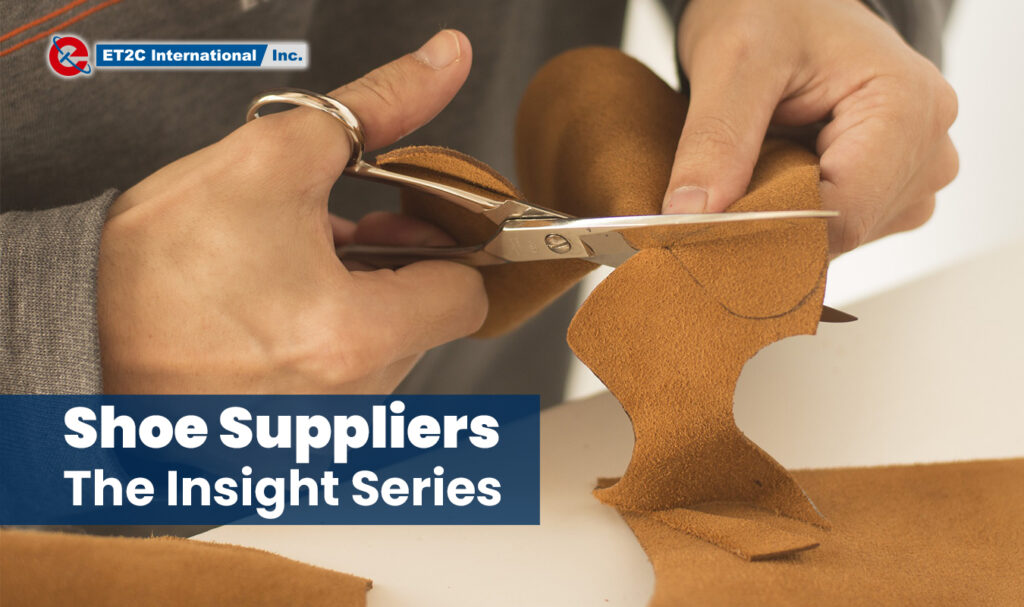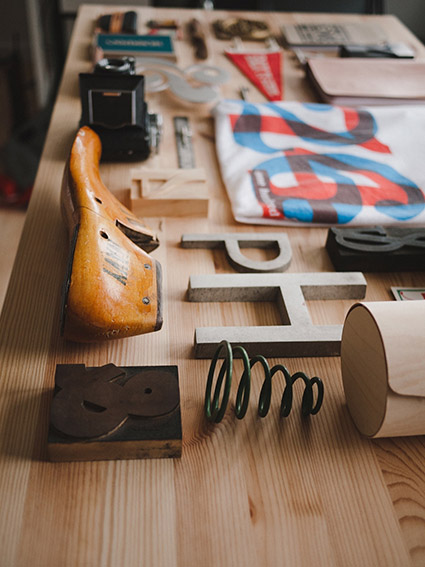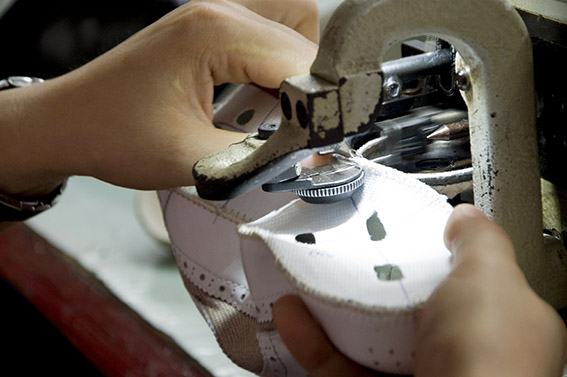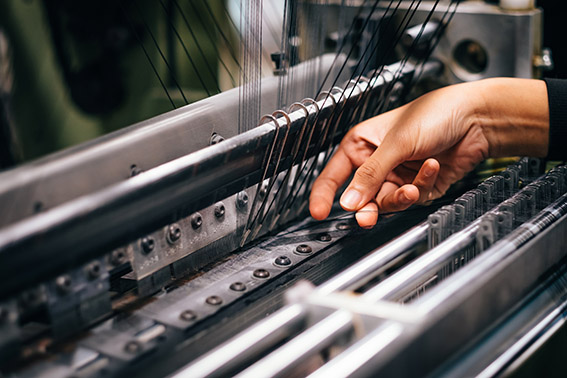
Shoe suppliers across the world make some 24 Billion shoes each year, in what is a more complex and labour-intensive industry than most people would expect.
The Insight Series
We work with our suppliers to develop products across an array of different sectors that rely on varying materials and a range of manufacturing techniques. It is always fascinating to see how each of these products are made, whether it is the number of hands that touch the products as it is manufactured or the machines that are employed as part of the production process.
Consumerism has firmly put our focus on what we want, rather than understanding how the product is actually made. We launched the ‘Insight-Series’ to explain how some of the products we manufacture (across China, Vietnam, India, Turkey) are made. Also, we want to provide you with a little bit more knowledge the next time you buy a product.

Shoe Suppliers
Our first insight is on the shoe industry. This is a traditionally labour-intensive industry, requiring a combination of human labour. It is no surprise that still the vast majority of shoes manufactured are still being produced in China. In fact China, on it’s own, has an output equivalent to all 75% of all other global manufacturing capacity. The ‘shoe dogs’ amongst us will point to a traditional manufacturing process that has not really evolved in decades. However, the industry is gearing up for a shift change in terms of (sustainable) materials and manufacturing methods. For example, additive printing (3D Printing) is being used by some large brands to make customised shoes and soles for an individual’s foot but using a more data led process.
The Manufacturing Process
Shoe suppliers make lots of different styles that require different elements of the traditional manufacturing processes. These elements are largely dependent on the materials, aesthetic and the function of the shoe. To keep it simple, we will focus on one style of shoe that covers the most common elements of shoe production – the ‘Sneaker’.
1. Moulding the Sole
The first part is to get the sole moulded. This involves designing the sole, the shape, the branding and the type of sole you want. Large metal moulds need to be created in accordance with the design and approved. This then allows the rubber (or blend) to be put in the mould and pressed to get the individual soles. The hardness of the rubber will impact the feel and function of the shoe, which can be tested using a durometer.

2. Fabric Uppers
The material needs to be selected. These can be cottons, leathers and a range of other products – we are seeing more and more Ocean Plastic woven fabrics being used from a sustainability perspective. Whichever material that is selected, is put on the die cutting machine for cutting. The ‘Die-Cutting’, involves a metal shape – much like a Cookie cutter for baking – that is sharp and is pressed through multiple layers of fabric at one time to get many fabric uppers. For leather hides being cut, there is more expertise required to make sure that marks on the hides are not part of the uppers so mass cutting is not possible.
3. Upper Stitching
Probably the most labour-intensive process and if you have ever been into a shoe factory, it is where most of the workers will be, sitting at sewing machines making the uppers from the cut fabrics. There can be many elements to this depending on the design, which can involve multiple seams being added to the upper.

4. Cemented (Cup) vs Vulcanised
Sneakers have two main methods of attaching the soles to the uppers. Vulcanised soles are for much larger scale production. In fact, they require a machine to fix the ‘twice-cooked’ rubber sole to the upper. In comparison, the cup sole is traditionally stitched and glued (with heat) to the upper part of the shoe. This allows EVA or TPR to be added into cup sole to provide additional cushioning.
5. Lasting
The lasts (inserts that are the shape of the shoe) are used to make the sneaker and make sure that there is consistency with the shape of the shoe – the fabric/leather does have some flex.
Although a simplified version of the process, imagine that at each stage there are 2-3 workers touching the shoe as it goes along the production line and you begin to get an appreciation as to what kind of labour resource is needed to make just one pair of sneakers. And this does not include any additional embellishments on the uppers and packaging the goods. Think about this next time you buy a pair of shoes!
The shoe industry is a global industry, although the two largest exporters of shoes are China and Vietnam. The latter has developed an expertise over the past decade particularly in trainers for the likes of Nike and Adidas.
Summary
Shoe suppliers are in the most part still using traditional labour-intensive manufacturing techniques. This is likely to change with the evolution of the latest technologies, such as additive printing.
At ET2C, we look to provide our clients with insights across our manufacturing base. For more information please contact us at contact@et2cint.com.

